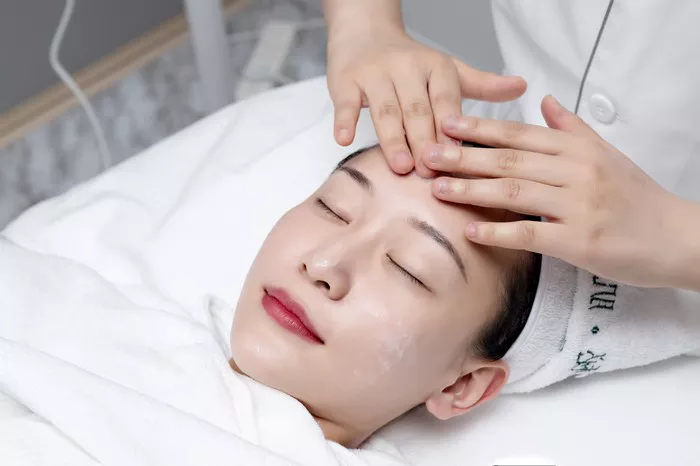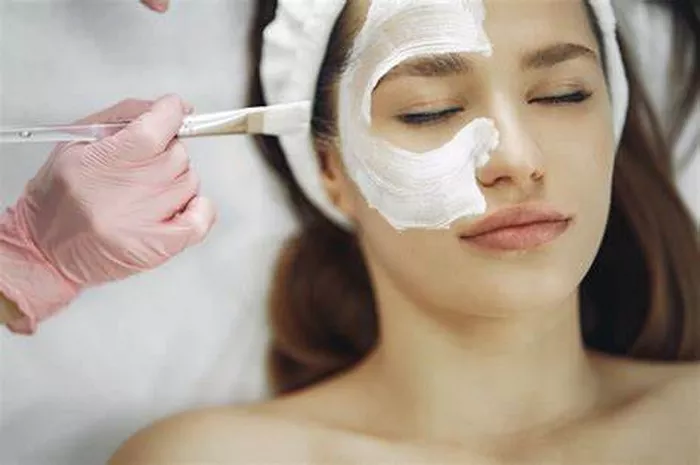Serums have become a popular addition to many skincare routines, offering a concentrated dose of active ingredients to target specific skin concerns. However, there is often confusion around how many drops of serum should be used in a skincare routine. In this article, we will explore the factors to consider when determining how many drops of serum to use, as well as the best practices for using serums in your skincare routine.
Factors to Consider When Determining How Many Drops of Serum to Use
There are several factors to consider when determining how many drops of serum to use in your skincare routine:
Skin type: Your skin type plays a significant role in how much serum you should use. If you have dry skin, you may need to use more serum to help hydrate your skin. If you have oily skin, you may only need a small amount of serum to avoid over-moisturizing.
Serum concentration: The concentration of the serum also plays a role in how much should be used. Some serums are more concentrated than others, and may require less product to be effective.
Skin concerns: The severity of your skin concerns can also impact how much serum you should use. If you have significant skin concerns, you may need to use more serum to address them effectively.
Climate: The climate you live in can also impact how much serum you should use. If you live in a dry climate, you may need to use more serum to help hydrate your skin. If you live in a humid climate, you may need to use less serum to avoid over-moisturizing.
Age: As you age, your skin may require more serum to address aging concerns such as fine lines and wrinkles.
Best Practices for Using Serums in Your Skincare Routine
To get the most out of your serum and avoid any potential drawbacks, there are some best practices you can follow when using serums in your skincare routine:
Start with a small amount: It is always best to start with a small amount of serum and gradually increase the amount over time. This will help you determine how much serum your skin needs without over-moisturizing or causing irritation.
Apply serum to clean, dry skin: It is important to apply your serum to clean, dry skin to ensure that it can fully penetrate the skin and deliver its active ingredients.
Use a dropper or pump: To ensure that you are using the correct amount of serum, it is best to use a dropper or pump. This will help you measure out the correct amount of serum for your skin.
Apply serum evenly: When applying serum, it is important to apply it evenly to your face and neck. This will help ensure that all areas of your skin are receiving the benefits of the serum.
Use a moisturizer after applying serum: To prevent dryness and irritation, it is important to use a moisturizer after applying your serum. Look for a moisturizer that is lightweight and won’t clog your pores.
Choose serums based on your skin concerns: There are many different types of serums available, each targeting different skin concerns. Choose a serum that addresses your specific skin concerns, whether it’s anti-aging, hydration, or brightening.
Use a sunscreen: Many serums contain active ingredients that can make your skin more sensitive to the sun. It is important to use a sunscreen after applying your serum to protect your skin from sun damage.
Follow the recommended usage instructions: It is important to follow the recommended usage instructions on your serum’s packaging. Some serums are meant to be used only once a day, while others can be used twice a day.
Be patient: It can take time to see the results of using a serum. It is important to be patient and consistent with your skincare routine to achieve the best results.
Store your serum properly: To ensure that your serum remains effective, it is important to store it properly. Most serums should be kept in a cool, dry place away from direct sunlight.
Conclusion
In conclusion, determining how many drops of serum to use in your skincare routine can depend on several factors, including your skin type, serum concentration, skin concerns, climate, and age. It is best to start with a small amount of serum and gradually increase the amount over time to ensure that you are using the correct amount for your skin. When applying serum, it is important to apply it evenly to your face and neck, and to use a moisturizer after applying to prevent dryness and irritation. By following these best practices, you can help ensure that your skin is getting the full benefits of your serum while also maintaining hydration and preventing irritation.
[inline_related_posts title=”You Might Be Interested In” title_align=”left” style=”list” number=”6″ align=”none” ids=”5544,5502,5480″ by=”categories” orderby=”rand” order=”DESC” hide_thumb=”no” thumb_right=”no” views=”no” date=”yes” grid_columns=”2″ post_type=”” tax=””]

































